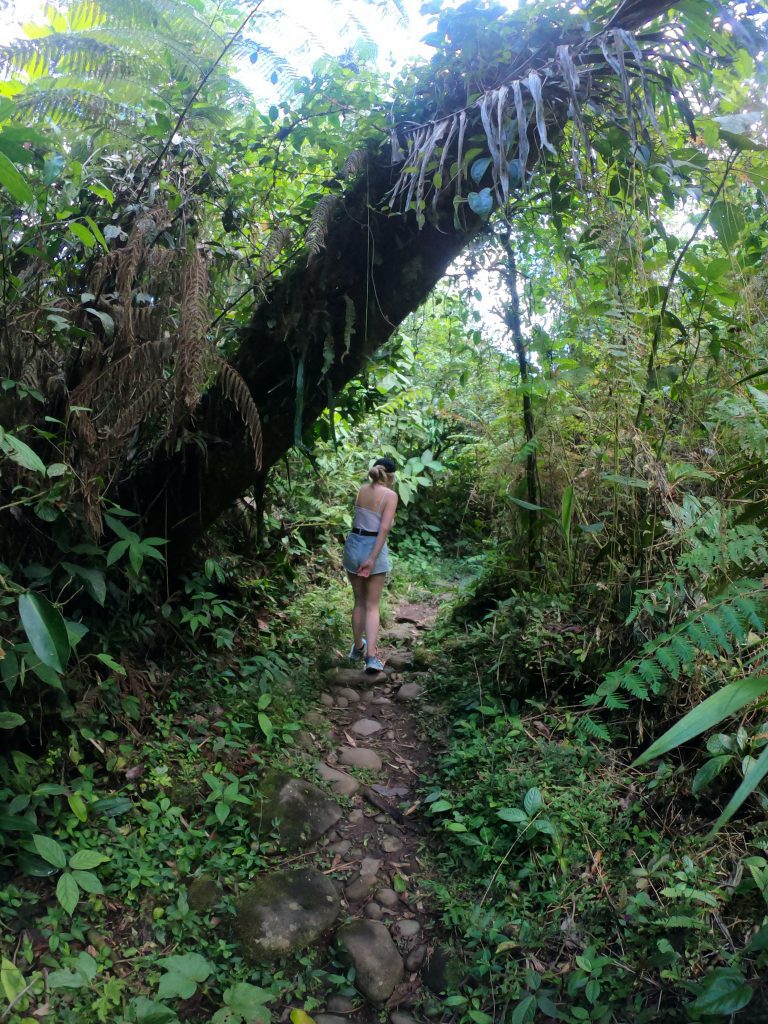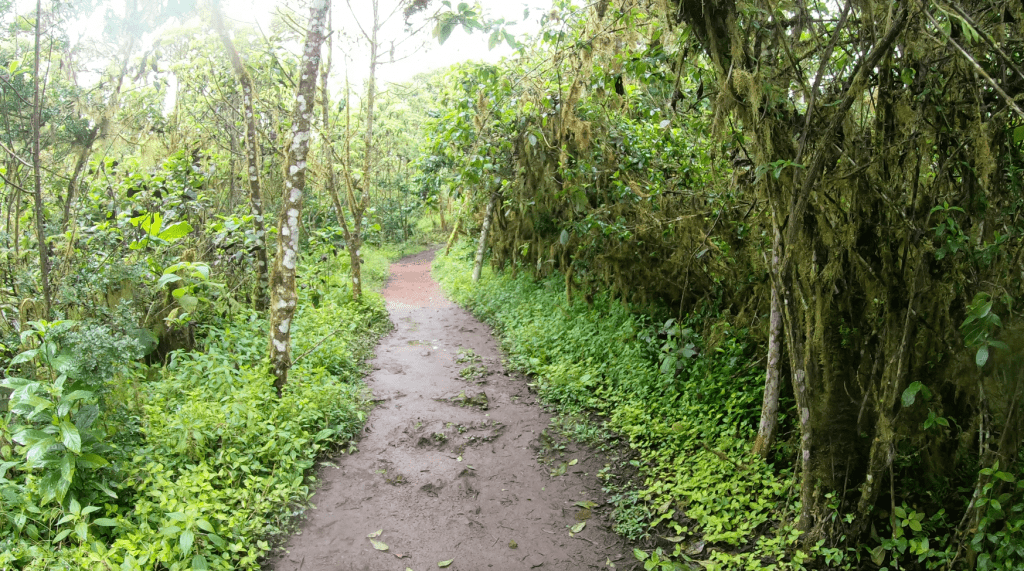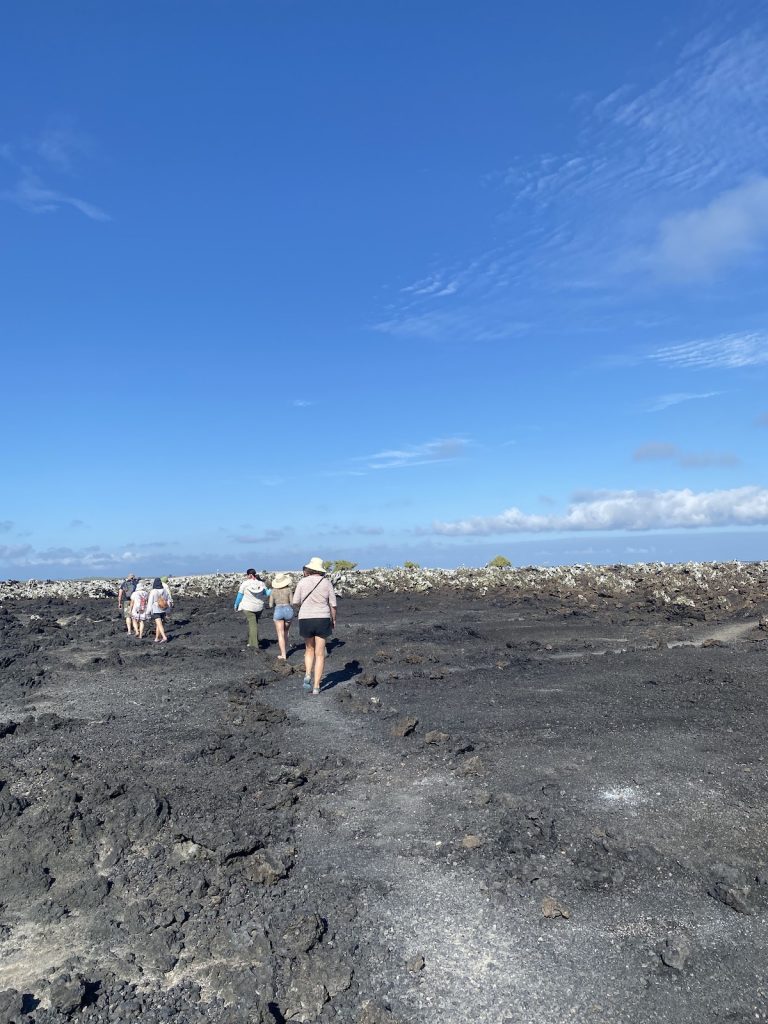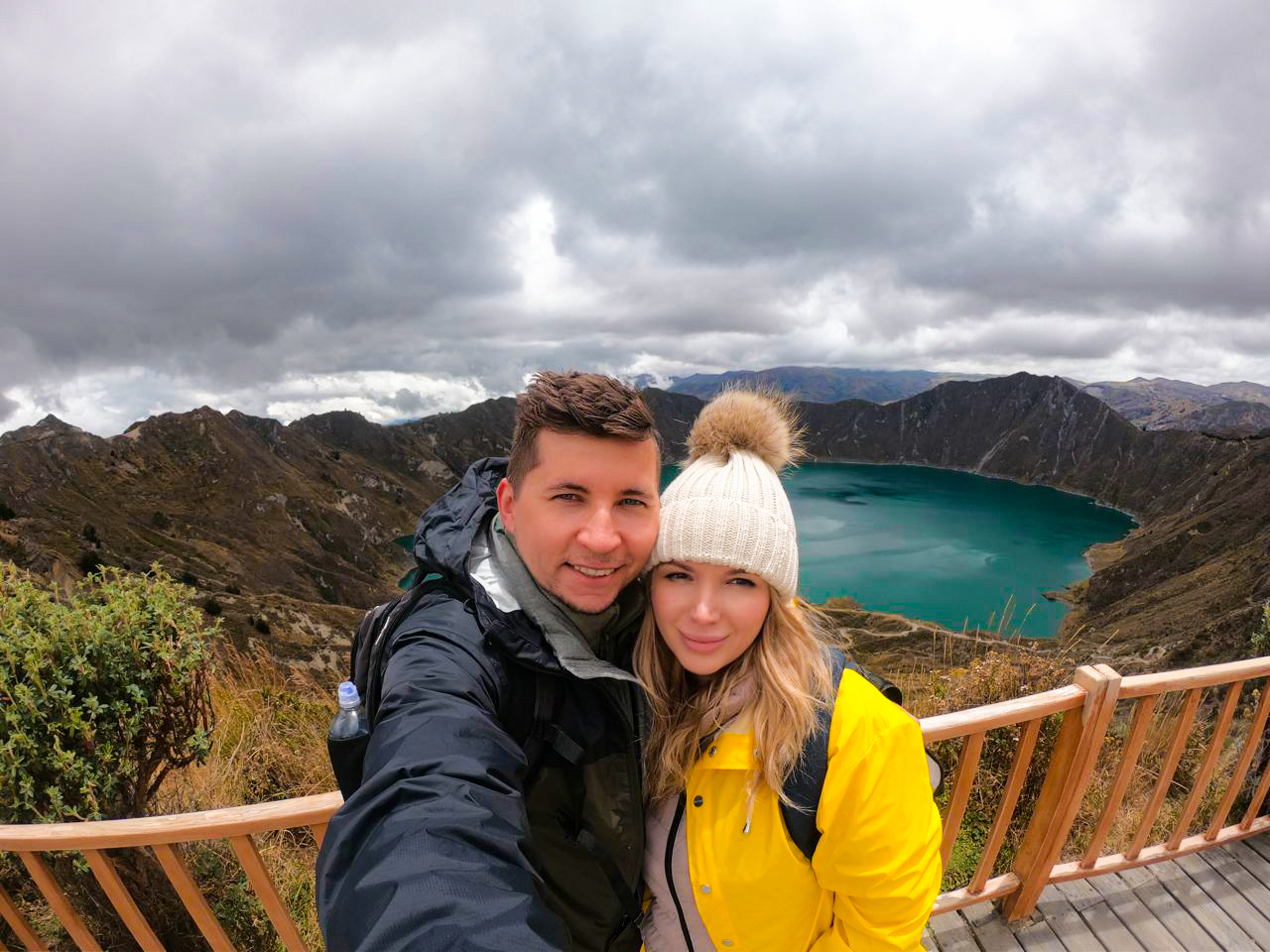Ecuador is one of the places on earth with the greatest biological diversity thanks to its special geography and location. Discover the four Ecuadorian ecosystems in this article.
Planning a trip to Ecuador’s stunning ecosystems can be overwhelming—figuring out where to start, what to prioritize, and how to experience the best of its biodiversity. I planned my adventure independently, but it was a challenge to fit everything in smoothly. Save yourself the hassle and get a FREE custom Ecuador travel quote from my trusted local travel experts. They’ll craft a seamless itinerary while supporting this blog and local Ecuadorian communities.
What are the Ecosystems in Ecuador?
Ecuador is a tropical country that borders the Pacific Ocean, lies on the equator, and includes a portion of the Andes mountain range.
The Galapagos Islands and other distinctive features make this nation’s biodiversity among the highest in the world.
Here are the four ecosystems in Ecuador:
Mangrove Forests
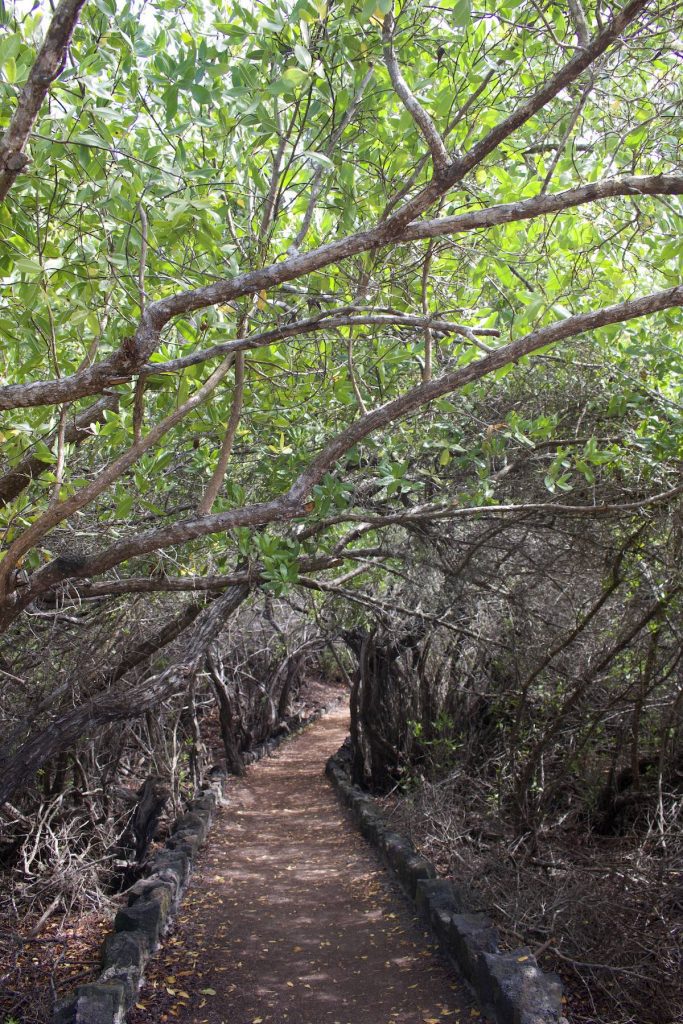
Mangrove forests are one of the marine ecosystems found along Ecuador’s Pacific coast. Mangroves can grow in salt water, and the vast majority of marine life finds a perfect nursery in their extensive root systems.
One-third of all marine species are born and raised in mangrove forests. Some species live in the mangroves their entire lives. Numerous reptile, mammal, and bird species can also find food and shelter in this special ecosystem.
Additionally, the mangroves offer shoreline protection, shielding the land from storm damage and erosion. Amazingly, the intricate root system, branches, and foliage absorb the harmful effects of wind and waves. They can even lessen a tsunami’s force by up to 90%! Mangrove forests are a must-visit if you are planning to travel to Galapagos.
Tropical Dry Forests
Tropical dry forests can be found along Ecuador’s Pacific coastline. From southern Esmeraldas in northern Ecuador into the Guayas, the Ecuadorian Dry Forests ecoregion stretches along the Pacific Coast southward before coming to an end at the Golfo de Guayaquil.
The soil in tropical dry forests is nutrient-rich, and the plant life there is adapted to long stretches of hot, dry weather. Unexpectedly, a moist forest ecoregion surrounds the dry forest.
These forests contain trees, most of which are deciduous, which lose their leaves during dry spells, allowing them to store moisture. Additionally, it permits sunlight to penetrate the forest floor, which encourages the development of dense underbrush. Compared to trees found in the rainforest, these trees have thicker bark, smaller/thicker leaves, thorns, and deeper roots.
Tropical Cloud Forests
One of Ecuador’s little-known treasures is the rare and stunning cloud forests that flank the eastern and western slopes of the Andes. Where the atmospheric conditions permit a continuous cloud cover, cloud forests develop in tropical or subtropical mountainous regions.
The trees in a cloud forest have a distinctive appearance; many of them are smaller and more gnarly than trees in other forests, adding to the ecosystem’s singularity. The trees are also covered in numerous mosses, ferns, bromeliads, and orchids.
Due to the high levels of moisture and little sunlight that it receives, the forest floor typically has a thick layer of moss covering it. These elements all work together to produce a fanciful, dreamlike effect. Even dwarf/elfin forests can be found in some of Ecuador’s tropical cloud forests.
Many people go bird watching in cloud forests. Ecuador’s cloud forests are well-known for the variety of bird species (including hummingbirds) that can be found there.
Ecuador’s ecosystems are a treasure trove of natural wonders, but planning the perfect trip can feel daunting with so much to explore. If you’d like expert guidance to maximize your experience, I recommend getting a FREE personalized itinerary from local travel experts I trust. They’ll help you discover Ecuador’s incredible biodiversity while supporting this blog and the local communities that help preserve these unique environments.
Tropical Rainforests
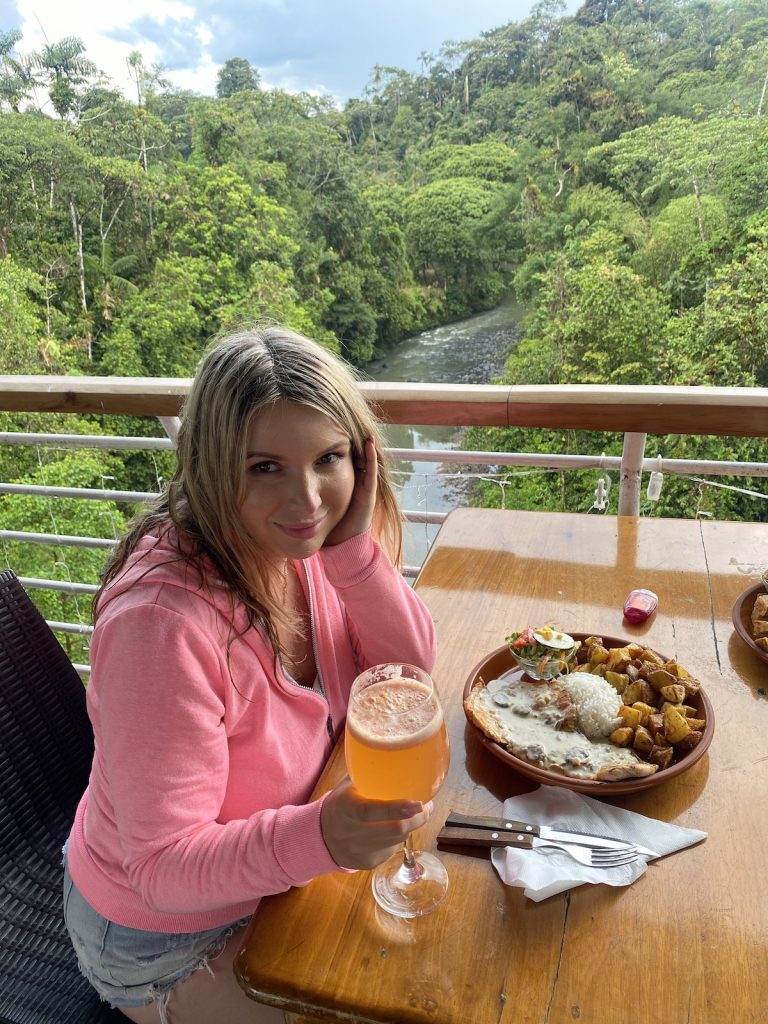
The world’s biodiverse region is thought to be the rainforest of Ecuador. The rainforests of Ecuador invade the human senses. In the humid, hot rainforest ecosystem, it rains almost every day.
Rainforests are extremely hot, muggy, and wet. They have a smell of mud, flowers, and leaves. The rains are surprisingly strong, and as dusk approaches, the volume increases even more.
The abundance of rain causes much of the organic compounds to be washed away before they can decompose, depleting the soil of nutrients. The material that is still there, though, decomposes quickly and provides nutrients for the astonishing variety of flora found in the rainforest.
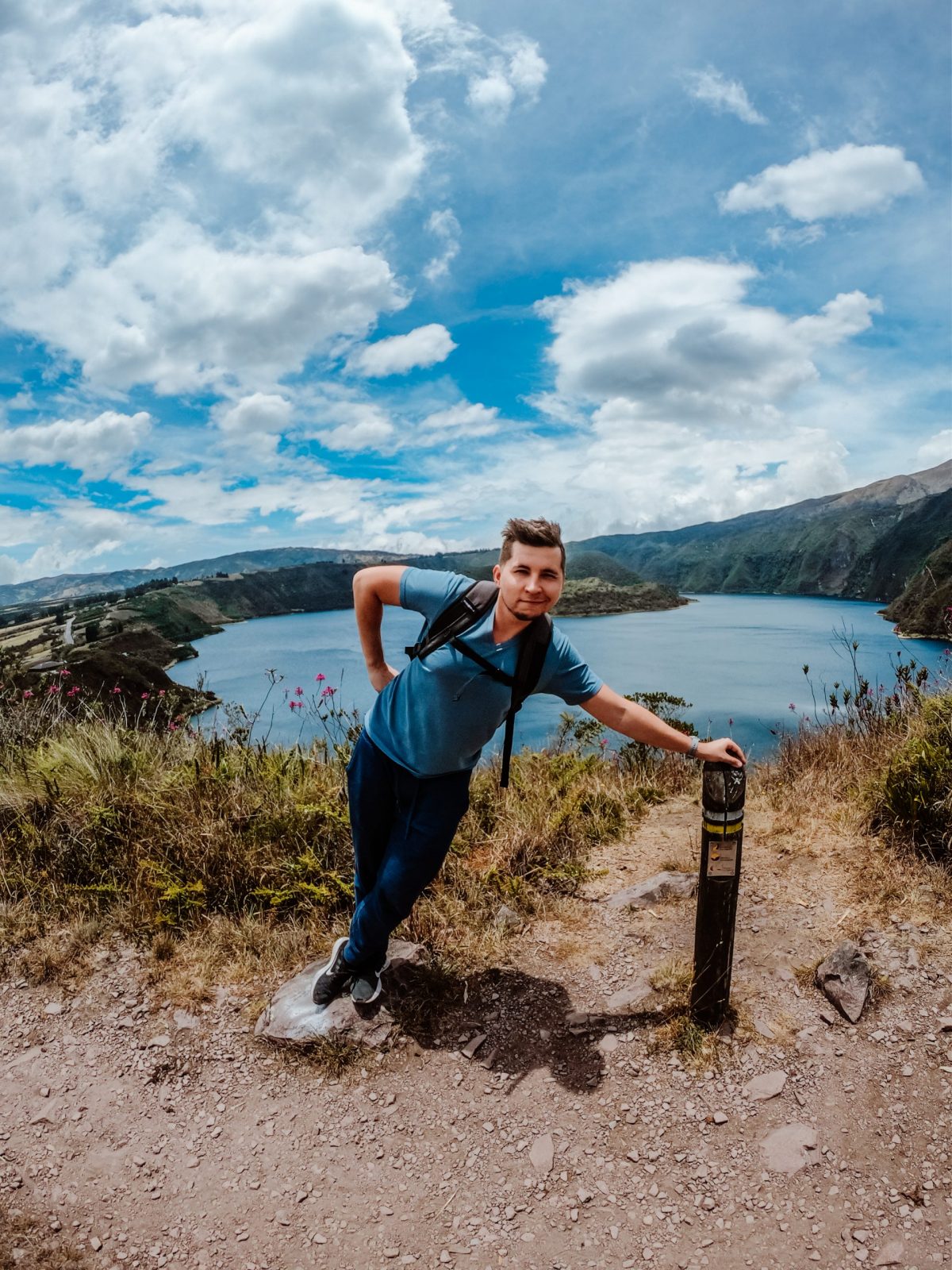
Planning trip to Ecuador?
My wife and I rented a car for 15 days and traveled from the northern part of Ecuador to the south, visiting amazing cities like Quito, Otavalo, Baños, Cuenca, and Guayaquil. Along the way, we explored iconic places such as Cotopaxi National Park, Quilotoa Lake, and many more breathtaking destinations.
Not many blogs cover traveling in Ecuador in detail, so I spent nearly three weeks creating this comprehensive Ecuador travel guide based on our trip. It’s packed with everything you need to know, and honestly, I consider it the best free travel guide about Ecuador out there.
If you’re planning a trip to Ecuador, don’t forget to use my link for discounted hotel prices through Booking.com. It’s a great way to support my blog while saving money on your accommodations!
Conclusion
Ecuador’s incredible biodiversity was one of the highlights of our trip. With so many unique ecosystems packed into one small country, it’s clear that Ecuadorians are deeply committed to preserving their natural resources.
As we traveled, we found ourselves in awe of the stunning variety of landscapes and wildlife. From lush rainforests to rugged mountain peaks, Ecuador offers a truly unforgettable experience for nature lovers. If you’re planning a visit, get ready to be amazed by all the natural wonders waiting for you!

